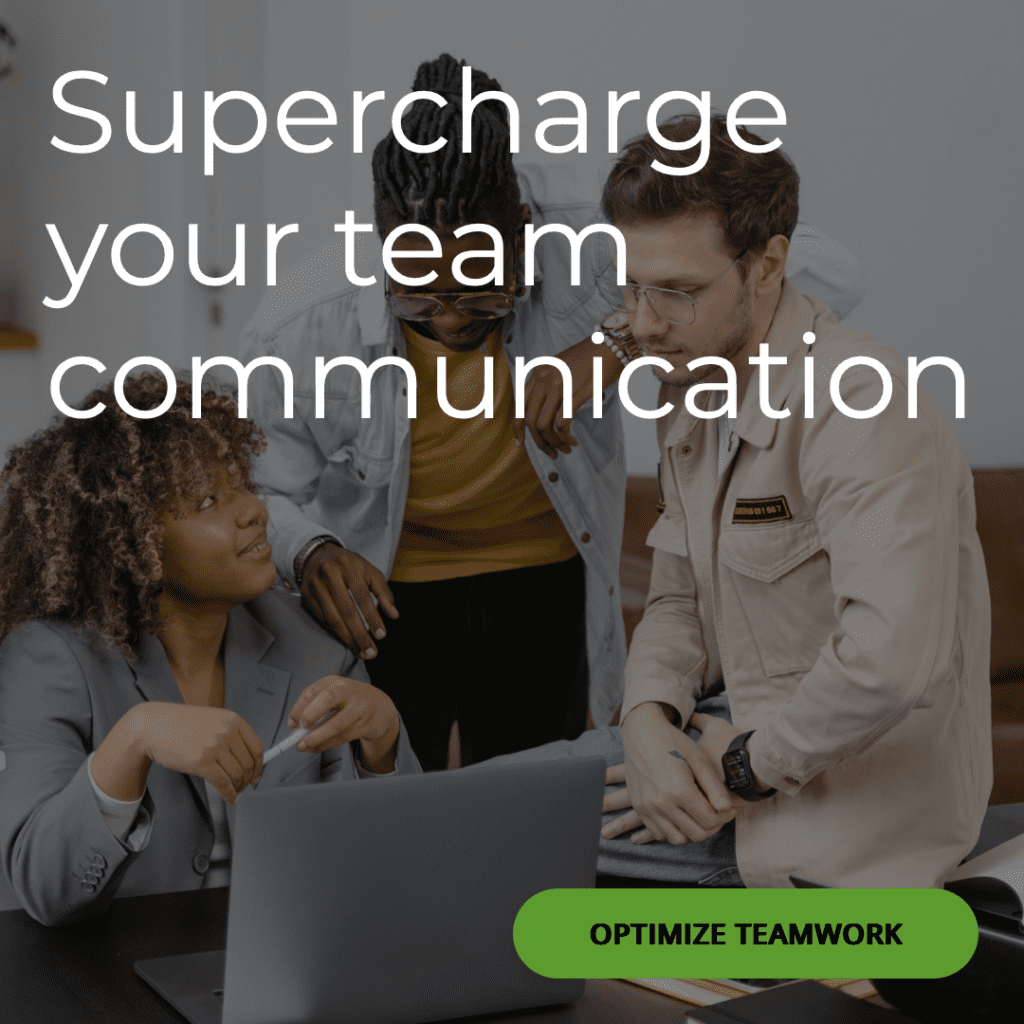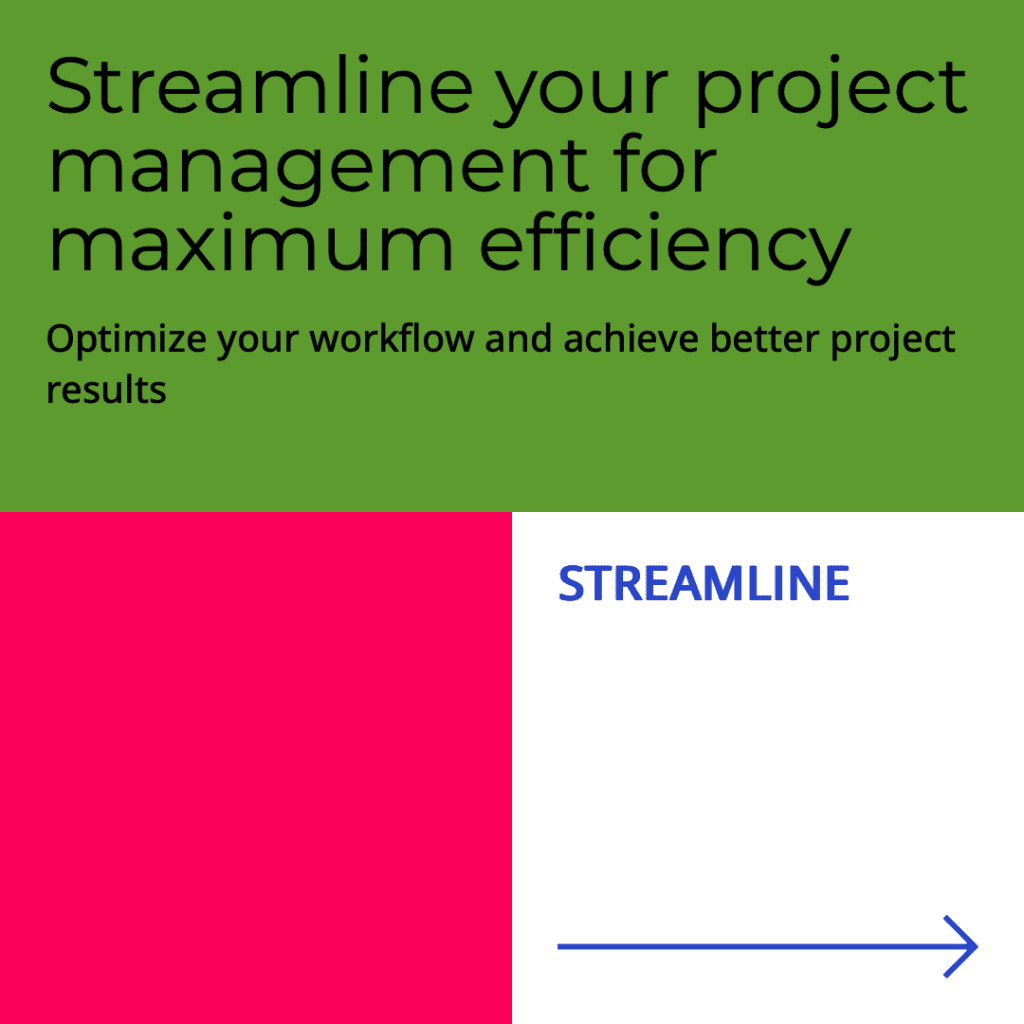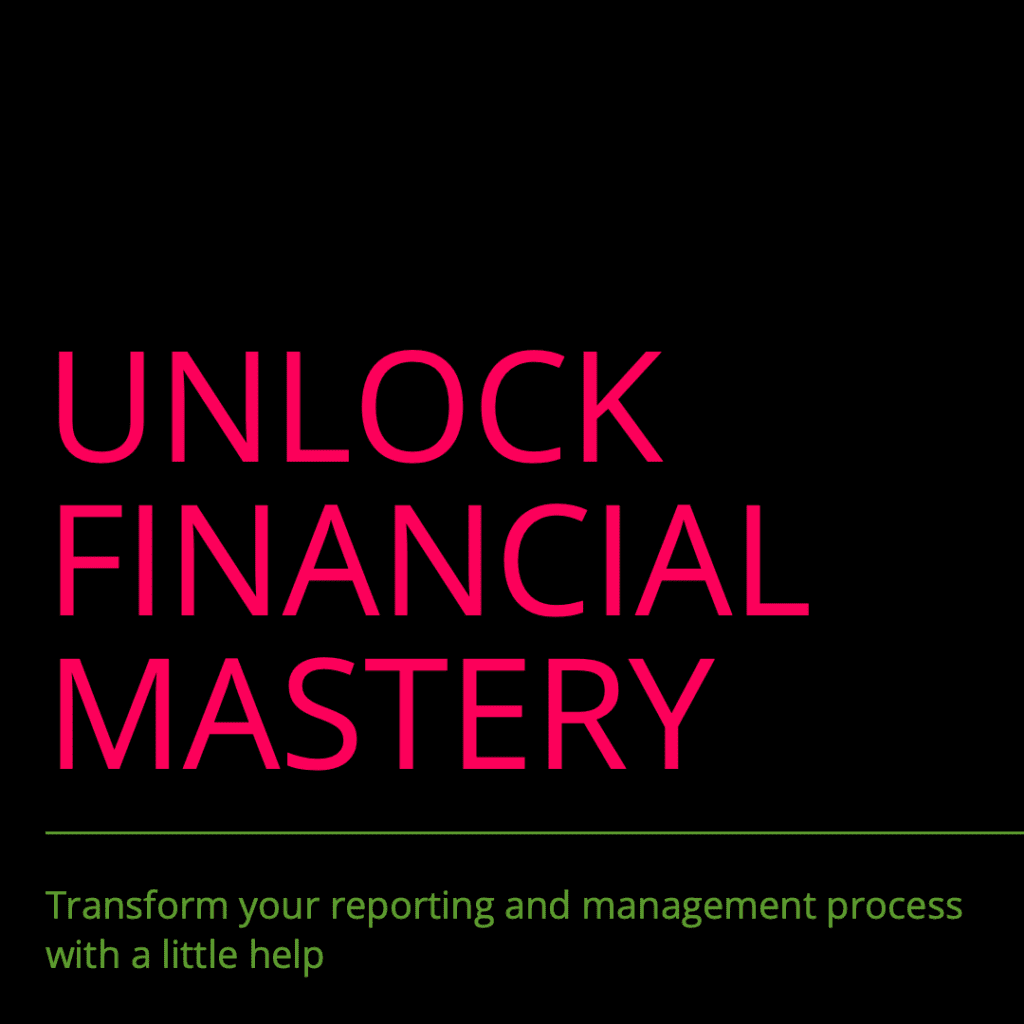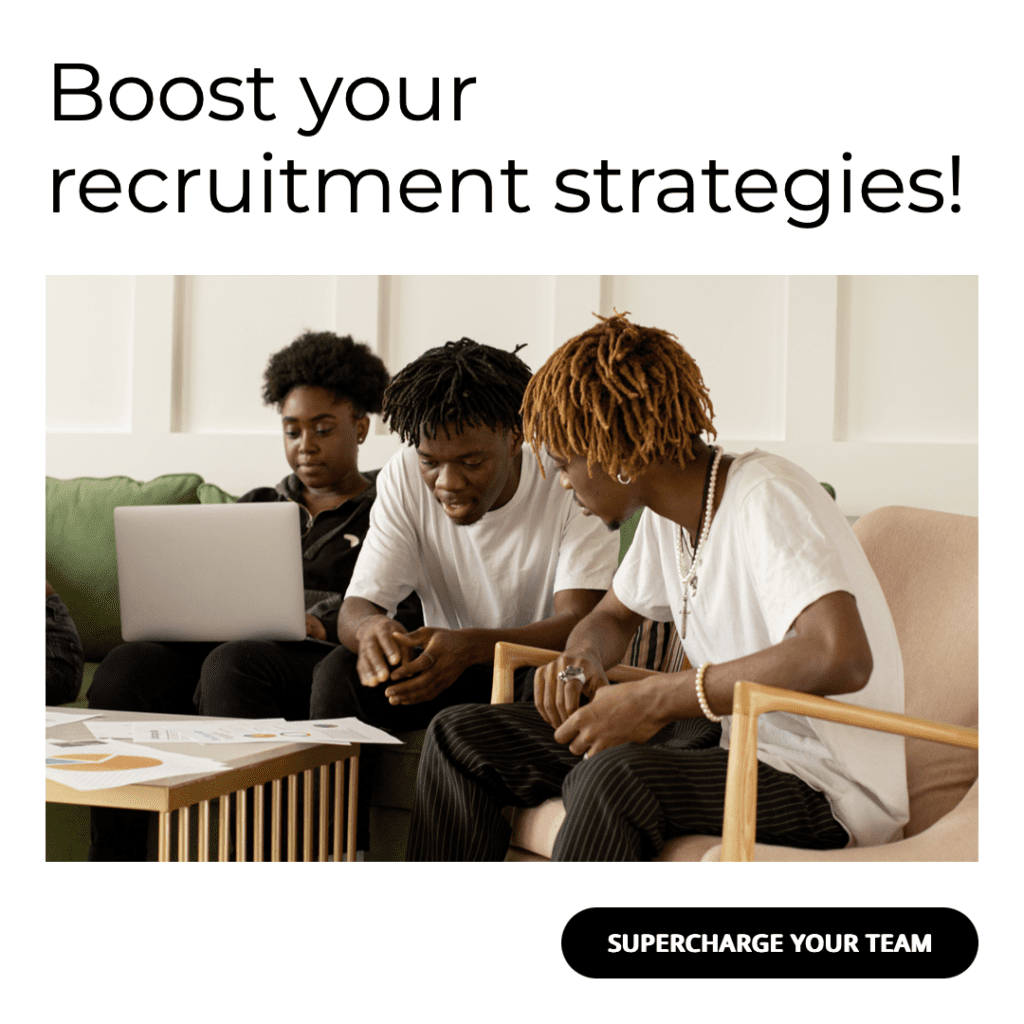Introduction
In the ever-evolving landscape of Software as a Service (SaaS), the journey from concept to thriving business is a path full of challenges beyond coding and algorithms. We understand that the success of a SaaS venture depends not only on technical skills, but also on adeptly navigating the intricate terrain of business operations.
It is one of the reasons we created our SaaS BOOT iQ. A shop for entrepreneurs to help start, grow and know their SaaS business. We intentionally included knowledge buys not only for technical advancements, but also for non-technical challenges.
In this article, we will dive into those critical non-technical challenges that often define the early stages of a SaaS project. From fostering seamless collaboration among your team members to safeguarding sensitive data in compliance with rigorous regulations. We’ll dissect the key aspects that demand your attention. From project management, to data security, financial acumen, team building, and more.
I. Building a Collaborative Work Environment
A. Effective Team Communication and Collaboration
In SaaS development, seamless communication and collaboration form the base of a successful venture. The ability to synchronize efforts, exchange ideas, and rally behind a common goal can make all the difference between stagnation and innovation.
- Streamlined Communication Channels: Establishing clear and efficient communication channels is paramount. Whether through project management platforms like Podio or collaborative document tools like Google Workspace, ensuring that information flows smoothly is the cornerstone of a productive team.
- Real-Time Updates and Notifications: Implement systems like Slack that provide real-time updates and notifications. This ensures that team members are always in the loop, minimizing delays and facilitating rapid decision-making.
- Cultivating a Culture of Transparency: Encourage open dialogue and the sharing of insights. A culture of transparency not only fosters trust but also invites diverse perspectives, ultimately enriching the ideation and development process.
- Regular Check-Ins: We’re not fond of meetings, but regular check-ins provide a forum for quick updates, issue resolution, and the alignment of goals across the team.
- Documenting Communication Protocols: When your team grows a little bigger it is important to establish some clear protocols for communication, including response times, escalation procedures, and preferred channels for different types of messages. This helps prevent miscommunication and ensures everyone is on the same page.

By prioritizing effective team communication and collaboration, you’re not only fortifying the foundation of your SaaS venture but also creating a culture that thrives on synergy and innovation.
If you are interested in what makes remote teams tick especially, you might want to check out this article. Or maybe you wonder how to guarantee team continuity?
B. Project Management and Workflow
Efficient project management really is the lynchpin of any successful SaaS venture. It’s the compass that guides your team through the complexities of development, ensuring that tasks are completed on time, within budget and in harmony with your overarching vision.
- Choosing the Right Project Management Tool: Select a project management tool that aligns with your team’s workflow and needs. Whether it’s the agility of Kanban boards or the structure of Gantt charts, the right tool can make a world of difference.
- Defining Clear Milestones and Objectives: Break down your project into clear, achievable milestones. This not only provides a roadmap for progress but also empowers your team with a sense of accomplishment as they reach each milestone.
- Balancing Priorities: Prioritize tasks judiciously. Understand which features are crucial for the initial launch and which can be iterated upon in subsequent releases. This ensures that resources are allocated where they’ll have the most impact.
- Agile Methodologies for Adaptability: Embrace Agile methodologies to foster adaptability in the face of changing requirements. Agile empowers your team to respond to customer feedback swiftly and adjust development priorities accordingly.
- Regular Progress Reviews and Retrospectives: Schedule regular progress reviews to assess the status of ongoing tasks and projects. Additionally, hold retrospectives to reflect on what worked well and where improvements can be made for future releases.
- Resource Allocation and Workload Management: Ensure that workloads are distributed equitably among team members. This not only prevents burnout but also maximizes productivity by leveraging each member’s strengths.

By establishing robust project management and workflow practices, you’re not only steering your SaaS venture towards success but also fostering a culture of efficiency and accountability.
We can help you setup your collaborative online project environment quickly, and integrate it as much as possible with your “stack”. Start streamlining your project management today.
II. Data Security and Compliance
A. Managing Business Contacts Database
Working with personal data in SaaS means safeguarding sensitive information is paramount. The management of your business contacts database requires a meticulous approach to ensure not only the security of the data but also compliance with stringent privacy regulations.
- Implementing Access Controls: Restrict access to your contacts database on a need-to-know basis. Ensure that only authorized personnel have the privilege to view, edit, or export sensitive information.
- Regular Data Audits and Clean-Up: Conduct routine audits of your contacts database to identify and rectify redundant or outdated entries. This not only streamlines operations but also minimizes the risk associated with storing extraneous data.
- Data Encryption and Secure Storage: Utilize robust encryption protocols to protect data both in transit and at rest. Additionally, consider secure storage solutions, whether on-premises or through reputable cloud providers.
- Compliance with Data Protection Regulations: Familiarize yourself with relevant data protection regulations such as GDPR, HIPAA, or CCPA, depending on your geographical reach and industry. Implement measures to ensure compliance and mitigate legal risks.
B. Data Safety and Security Measures
Ensuring the safety and security of your data extends beyond managing contacts. It encompasses a comprehensive strategy to safeguard all facets of your SaaS operation.
- Regular Security Audits and Vulnerability Assessments: Routinely assess your systems for potential vulnerabilities. Engage in penetration testing and security audits to identify and rectify weak points before they can be exploited.
- Employee Training and Awareness: Educate your team on best practices for data security. Instill a culture of vigilance, emphasizing the importance of recognizing and reporting potential security threats.
- Incident Response and Disaster Recovery Plans: Establish clear protocols for responding to security incidents. Develop robust disaster recovery plans to ensure minimal downtime and data loss in the event of a breach.
- Monitoring and Intrusion Detection Systems: Implement monitoring systems that track network traffic and system behavior. Intrusion detection systems can help identify and respond to suspicious activities promptly.

By meticulously managing your business contacts database and implementing a comprehensive data security strategy, you’re fortifying the integrity of your SaaS venture and instilling trust in your users.
You might think this all can wait until a later stage in your journey, but getting this right from the start is the best investment decision you can make. It is not as complicated as it sounds, and we can help you set it up quickly.
III. Financial Management and Reporting
A. Budgeting and Resource Allocation
Prudent financial management is the cornerstone of longevity and growth. Effective budgeting and resource allocation ensure that you’re making the most of your available capital while steering clear of financial pitfalls.
- Define Clear Financial Objectives: Start by setting specific financial goals for your SaaS venture. Whether it’s optimizing customer acquisition costs or ensuring profitability within a certain timeframe, having clear objectives guides your budgeting process.
- Allocate Resources Strategically: Prioritize resource allocation based on critical needs. Allocate funds for product development, marketing efforts, and operational expenses in a manner that aligns with your business goals.
- Contingency Planning and Risk Mitigation: Anticipate unforeseen expenses and revenue fluctuations. Establish a contingency fund to weather unexpected challenges, and implement risk mitigation strategies to safeguard against financial setbacks.
- Track and Analyze Expenditures: Regularly monitor and analyze your expenses. This not only helps identify areas where costs can be optimized but also provides insights into the ROI of different initiatives.
B. Progress Reporting and Metrics Tracking
Accurate reporting and metric tracking provide the insights needed to make informed decisions and drive the growth of your SaaS venture.
- Identify Key Performance Indicators (KPIs): Determine the KPIs that matter most to your SaaS business. Tracking metrics like customer acquisition cost, churn rate, or lifetime value, provides a clear picture of your venture’s performance.
- Implement Robust Reporting Tools: Leverage reporting and analytics tools to automate the tracking of KPIs. This ensures that you have access to real-time data for timely decision-making.
- Regular Progress Reviews: Schedule routine reviews to assess your progress against established KPIs. Use these reviews to celebrate successes, identify areas for improvement, and adjust strategies as needed.
- Financial Forecasting and Scenario Planning: Develop financial forecasts and scenario analyses to model potential outcomes based on different variables. This aids in making proactive financial decisions and preparing for various business scenarios.

By mastering the art of financial management and reporting, you’re not only ensuring the fiscal health of your SaaS venture but also equipping yourself with the insights needed to drive sustainable growth.
Set up a flexible financial management system right from the start. As your business grows you have the opportunity to customize it further to your specific needs.
IV. Hiring and Team Development
A. Recruitment Strategies
Being able to assemble a talented and cohesive team is essential for success. Crafting effective recruitment strategies ensures that you’re bringing on board individuals who not only possess the right skills but also align with your company’s culture and vision.
- Define Clear Job Roles and Responsibilities: Begin by outlining the specific roles and responsibilities required for your SaaS venture. This clarity will guide your recruitment efforts and help candidates understand their potential contributions.
- Leverage Multiple Sourcing Channels: Cast a wide net when seeking potential candidates. Utilize job boards, social media platforms, professional networks, and industry-specific forums to tap into diverse talent pools.
- Emphasize Cultural Fit: Assess candidates not only for their technical expertise but also for their cultural alignment with your organization. A cohesive team shares common values, which is fundamental for seamless collaboration and innovation.
- Structured Interview and Assessment Processes: Develop a structured interview process that evaluates candidates consistently. Incorporate technical assessments, behavioral interviews, and cultural fit evaluations to make informed hiring decisions.
B. Training and Skill Development
But also investing in the continuous growth and development of your team is a cornerstone of your thriving SaaS venture. Providing ongoing training and skill development opportunities not only elevates individual performance but also enhances the collective capabilities of your team.
- Tailored Onboarding Programs: Design comprehensive onboarding programs that introduce new hires to your company’s culture, processes, and tools. This sets the foundation for their success and integration into the team.
- Encourage Continuous Learning: Foster a culture of continuous learning and skill enhancement. Provide access to online courses, workshops, and industry conferences to empower your team to stay at the forefront of technological advancements.
- Mentoring and Peer Learning: Facilitate mentorship programs and encourage peer-to-peer learning. These initiatives create a supportive environment for knowledge sharing and skill development among team members.
- Performance Feedback and Growth Plans: Provide regular feedback on performance and areas for improvement. Develop personalized growth plans that outline clear pathways for career advancement and skill refinement.
C. Contracting Expertise and Legal Knowledge
And finally, tapping into the expertise of freelancers or agencies can provide invaluable support. However, it’s imperative to navigate this terrain with the right legal knowledge and safeguards.
- Utilize Non-Disclosure Agreements (NDAs): Prioritize the protection of sensitive information by employing Non-Disclosure Agreements. These legally binding documents establish confidentiality and safeguard your intellectual property.
- Implement Contractor Agreements: Clearly outline the terms and expectations when working with freelancers through Contractor Agreements. This document helps establish a clear understanding of deliverables, timelines, and compensation.

Prioritizing recruitment strategies that align with your company’s vision and investing in the ongoing development of your team, helps you nurture a dynamic workforce that propels your SaaS venture towards enduring success.
With freelancers or agencies, you’re expanding the versatility of your team. Our tried and tested agreements will safeguard your intellectual property and maintain legal compliance.
Conclusion
Embarking on the journey of launching a SaaS venture is a huge task, one that demands not only technical knowledge but also a keen understanding of the intricate business landscape. At ANDRS, we recognize the multifaceted challenges that entrepreneurs face in this dynamic industry.
From fostering seamless collaboration to fortifying data security, from astute financial management to building a stellar team, each facet plays a crucial role in the success story of a SaaS venture. By addressing these challenges head-on, you’re not just building a business; you’re crafting a legacy of innovation and resilience.
You are not alone
As you navigate the path ahead, remember that you’re not alone. Our SaaS BOOT iQ is here to provide the tools, knowledge, and support you need to turn your vision into reality. Together, we’ll navigate the complexities, celebrate the victories, and overcome the obstacles that lie ahead.
The journey is just beginning, and the possibilities are boundless. With the right strategies, a committed team, and a steadfast vision, your SaaS venture is poised for greatness. Let’s forge ahead and shape the future of SaaS together.

Caroline Vrauwdeunt
CEO/Founder of ANDRS Projects: An innovator who believes innovation can only arise from collaboration. Her life’s motto is “Collaborate or Die”.
We know what is takes to bring your platform to success. Having encountered all the pitfalls of raising SaaS brands we have got the experience that will benefit you. Don’t believe the flashy high prized agencies when they say they know it all. Because we know they don’t know, we have been there.
So don’t hesitate to get in touch and send us a message.